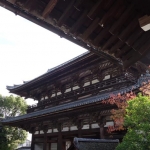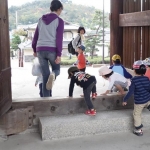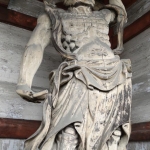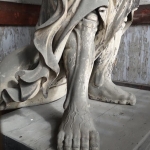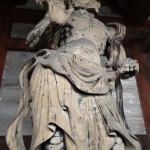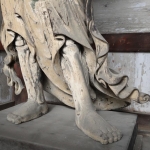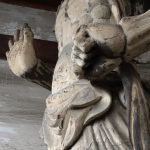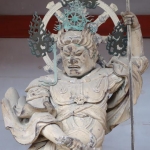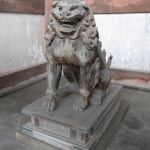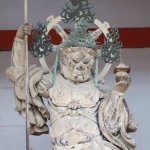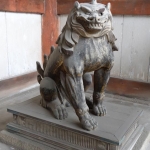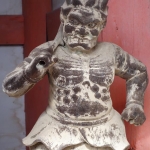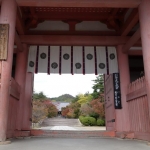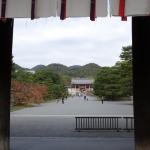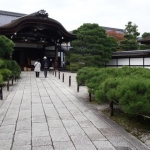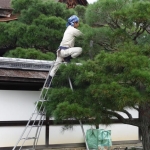Ninna-ji
Ninna-ji was founded by Emperor Kokaku in 886, and completed by Emperor Uda. Ninna-ji formally served as the old Imperial Palace of Omura and was converted to a temple upon Emperor Uda’s abdication and taking of the tonsure at age thirty-three. The tradition of a son of the emperor serving as head priest continued for about one thousand years, until the Meiji Restoration of 1867. Later the palace was designated a Shingon temple and renamed Ninna-ji.
Its buildings and grounds are constructed in an elegant imperial style befitting a monzeki (the title given to a temple governed by an imperial prince.)
Originally there were more than sixty sub-temples, but all these were destroyed during the Onin Wars. Later, the present day buildings were jointly funded by Tokugawas and the imperial household and are among Japan’s most important cultural assets.
Ninnaj-ji is also home to the Omura school of ikebana and one can enjoy this style of flower arrangements, as I did the day I visited.
It is thought that the garden was strongly modeled on the paradise gardens of the Jodo sect with some influence from the emerging Zen faction. In the Zen tradition, the garden’s design includes vegetation as well as areas of sand.
Originally designed to be walked through, appreciating the sound of water falling on rocks, one can still view it all from the perspective of the veranda. The Ninna-ji garden represents the transition from the kaiyu (stroll) to the kansho (admiration) style of garden in the late Edo period.
Today it is most known for its display of the two hundred late-blooming dwarf cherry trees (Omuro-zakura) in April.
See http://www.ninnaji.or.jp/multilingual_info.html


